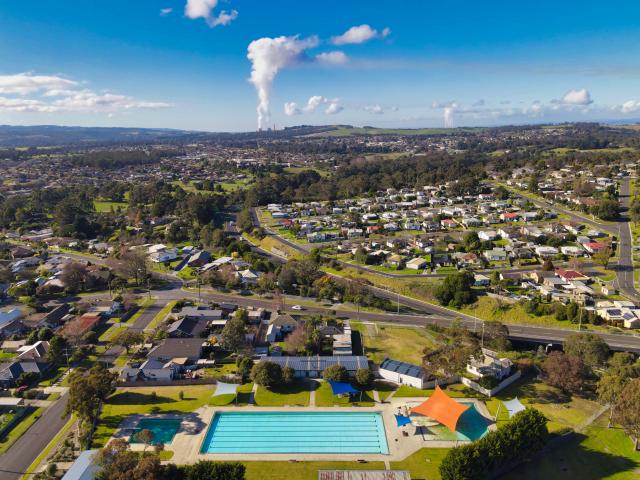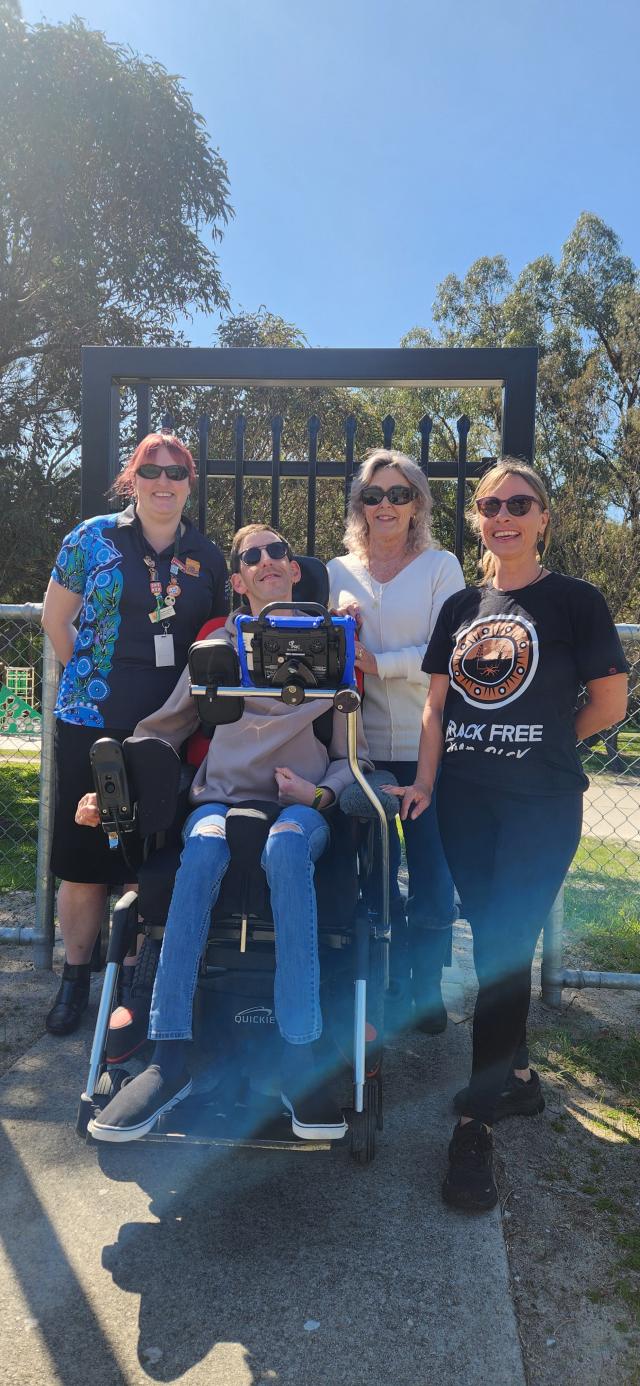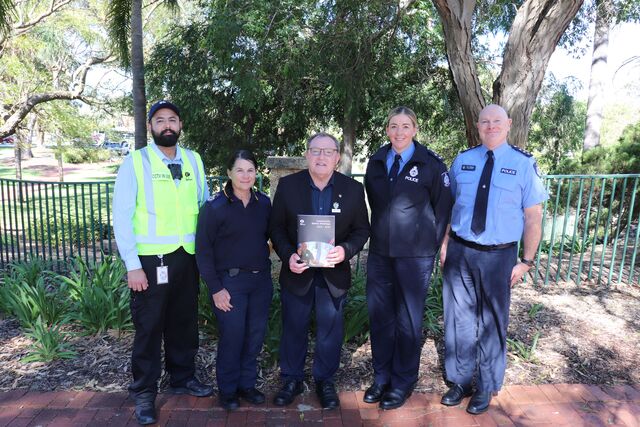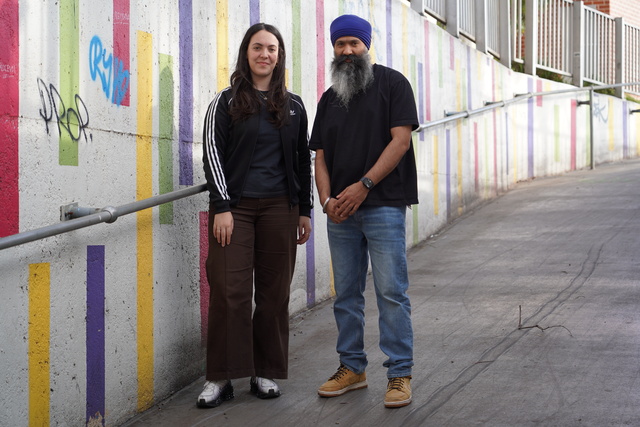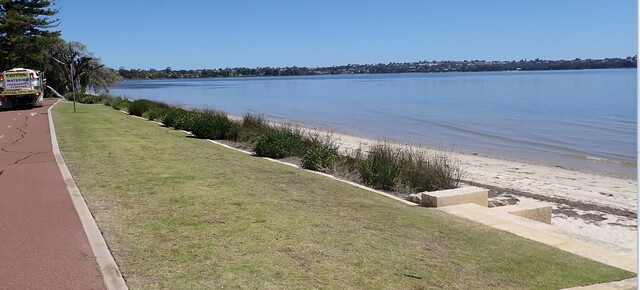Regional Australia should be front and centre at next month’s Federal Government Skills Summit debate in Canberra, according to Regional Capitals Australia chairman, Councillor Daniel Moloney.
Cr Daniel Moloney, Mayor of Ballarat, said regional Australia had an important role to play in the future development of the nation.
“In September, our nation’s leading minds will come together for a Jobs and Skills Summit, aiming to deliver a consensus on wages, economic growth and productivity,” he said.
“Given that two thirds of our export earnings are derived from regional Australia, the regions must be front and centre to this debate.
“We know that the growth of regional Australia is inextricably linked to the performance of the national accounts.
“Unfortunately, housing, skills, and lack of investment in critical infrastructure continue to hamper regional cities.
“With Australia teetering on the economic brink, time is of the essence. All levels of government must work together to deliver a strong regionalisation agenda, with deliberate and targeted measures for sustainable change.”
The Summit, 1-2 September, which will be led by the Prime Minister and Treasurer, aims to bring together unions, employers, civil society and governments to address shared economic challenges.
The government has stated its goal is to build a bigger, better-trained and more productive workforce; boost incomes and living standards; and create more opportunities for more Australians to get ahead and to reach their aspirations.
The themes and outcomes of the summit will inform the Employment White Paper, which will help to shape the future of Australia’s labour market. It will be led by Treasury, which will invite submissions and engage the wider community over the next 12 months.
Cr Moloney said in media comments recently that the Business Council of Australia had said in order to achieve lasting nation-changing reform, “we had to unleash the regions”.
“These are interesting comments given that in years past, the common perception of regions was that they were laggards – sleepy hollows where time stands still and blowflies outnumber people,” he said.
“They were not considered industrial giants, innovation hubs or our nation’s economic epicentre.
“Until now.
“We know that Australia’s economy was safeguarded from the impacts of the global pandemic due to our strong and resilient regional economies. While capital cities struggled with ongoing lockdowns, our regions kept supply chains moving and export trade buzzing.
“People voted with their feet, drawn by the lifestyle, affordability and career options in regional cities. This caused an uptake in migration from capital cities to regional Australia by over 16 per cent in the March quarter of 2022. Data from the Regional Australia Institute indicates that there were nearly 85,000 job vacancies in regional Australia in April this year, up nearly 25 per cent compared to the previous year.
“In years past Australia rode on the sheep’s back and now we are surfing the wave of regional diversity. Regional hubs are powerhouses of industry, tapping into their unique natural assets and playing to their strengths to value-add locally and trade globally.
“For example, mining and agriculture thrive in the Geraldton and Kalgoorlie-Boulder regions in Western Australia while the Northern Rivers of New South Wales has strong capabilities in food processing, manufacturing and tourism. The Latrobe area of Victoria has a wealth of opportunities in energy, manufacturing and food production. The Hunter is a supply chain and logistics hub, while the Orana region of New South Wales is a destination for mining and agriculture.
“It’s an exciting time for innovation and investment, with regional Australia ripe with opportunity and diversity. Policy makers are starting to realise the untapped potential of regional investment, and the long-term benefits for national productivity.”
With the Victorian State election approaching, one of the regions Cr Maloney believes is important to the future of the nation, Latrobe, is advocating for several of its community’s priorities to further enhance the prosperity of the region.
Latrobe City Mayor Kellie O’Callaghan said these include projects that will further transform the local economy and ensure opportunities for jobs such as a 50,000-tonne Gippsland Material Recovery Facility in Morwell and harnessing renewable energy and hydrogen technologies to drive Latrobe City’s New Energy Future.
“We have a number of opportunities for our government partners that would deliver significant opportunities and sustainable long-lasting outcomes for Latrobe,” she said.
“We will be working hard over the coming months to secure commitments that are fundamental to ensure our continuing evolution as a thriving regional city.”
“Council has welcomed major investment in the past including the GovHub, Latrobe Regional Hospital expansion and Gippsland Logistics Precinct. We hope to build on this success and seek ongoing investment and support.”

